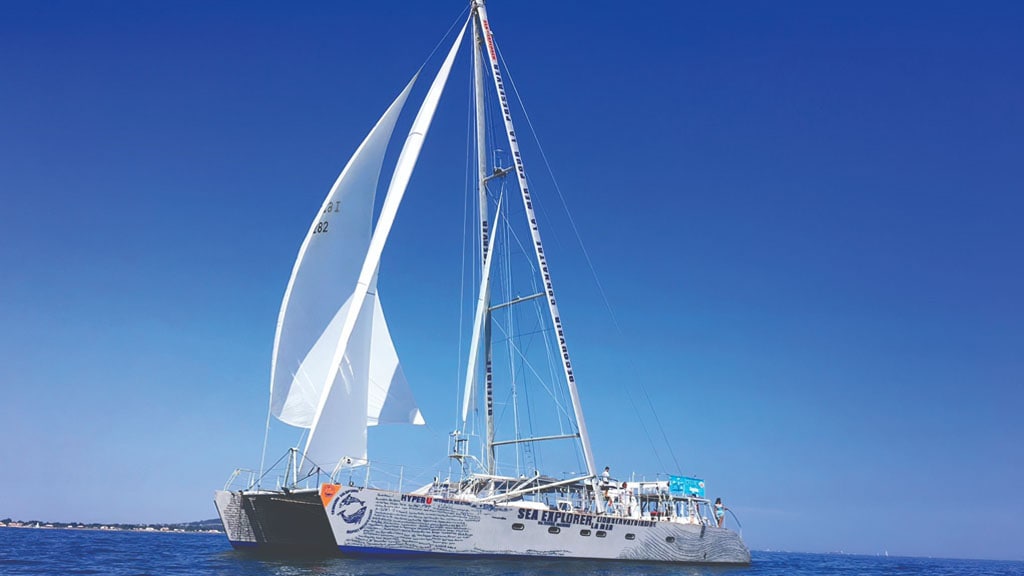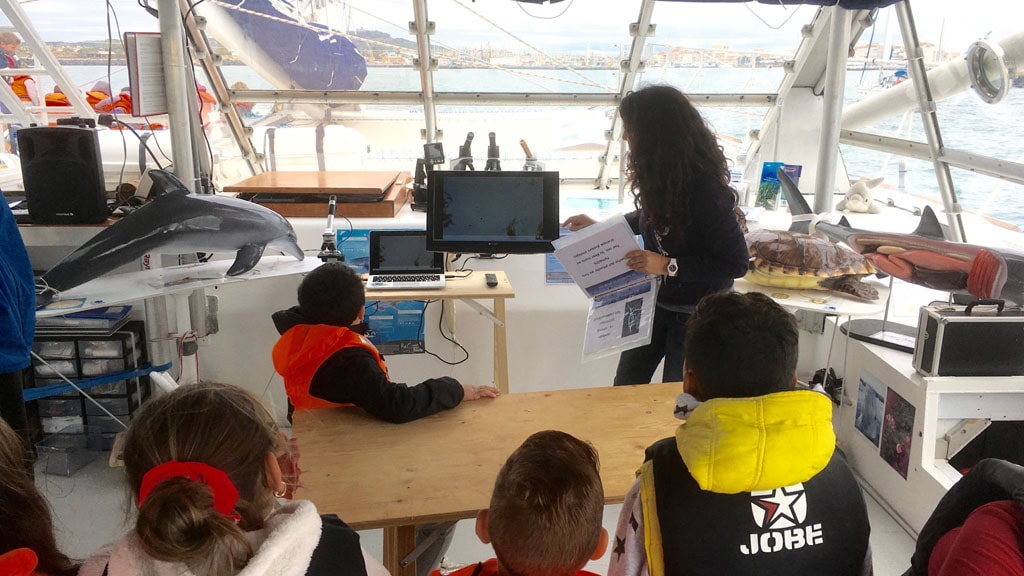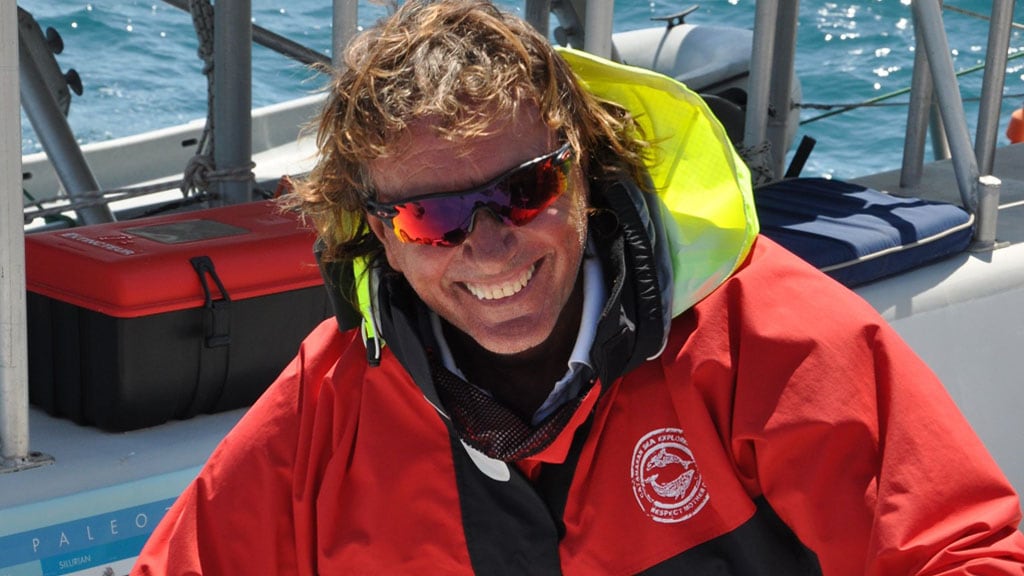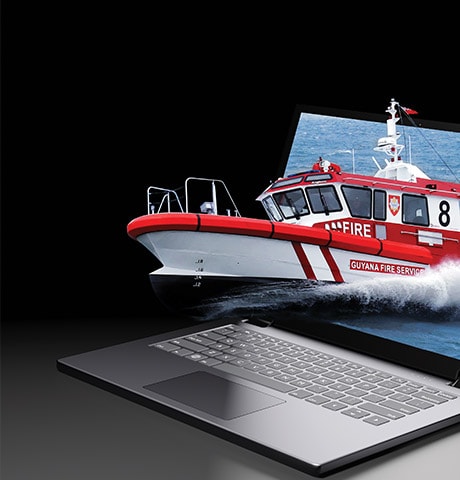Science of the Sea

People are most likely to protect what they know and love. Michel Franck and Sophie Bourguignon are using that philosophy to safeguard the treasures of Earth's largest life-support system — the sea. The purpose-built Sea Explorer is a floating classroom where scientists, students, adults, and children can immerse themselves in marine life and go home inspired to help save the underwater environment.
Sea Explorer plays a fundamental role in the Association Terre Marine Ecole de la Mer, which Franck and Bourguignon set up in 2014 to contribute to sustainability in the Mediterranean. They aim to engage the public toward greater understanding and enthusiasm for marine life and more responsible behavior. In winter, the yacht is used for scientific research and educational film projects; in summer, it welcomes the public.
At 24 x 12 meters (28.7 x 39.4 feet), Sea Explorer is the largest catamaran roaming the Western Mediterranean. Its simple design offers 250 square meters (820 square feet) of space for relaxation and study, plus easy access for everyone, including people with physical disabilities. But what really catches the eye are the creatively painted hulls, which express the group's message of discovery, education, preservation, and respect for the marine environment.
The vessel facilitates exploration and learning, combining education with hands-on experience. Two upper decks offer a great view of marine life, while the crow's nests on the 30-meter-high (90-foot-high) mast are extremely popular with the more adventurous passengers. The flat-bottomed hulls are beach-friendly, enabling participants to observe marine life on land and sea.

Marine sustainability in motion
Sea Explorer couldn't have been built without the support of volunteers and technical professionals with a heart and mind for sustainability. The entire process, from design to launch, took six years — 38,000 hours in all. Sea Explorer was built on circular economy principles, using recovered aluminum donated by local boat owners. ";Aluminum is light, strong, and corrosion-proof and requires no maintenance," comments Franck. "And when the time comes, the cat's hulls can be recycled again, completing the circle and starting a new one."
Of course, finding an energy-efficient power solution was a priority. A voltaic system with 15 solar panels provides electrical power for all onboard appliances. Twin John Deere PowerTech™ 4045TFM85 engines take Sea Explorer safely into ports and out to sea and provide motorized power when weather conditions call for it.
"We were looking for fuel-efficient engines that would help minimize our impact on marine life," says Franck. The shipyard where Sea Explorer was docked during construction proposed the John Deere marine engines, which were supplied by John Deere engine distributor NPS Diesel SAS, in Antibes, France. The engines are intended to provide high power at low speed, low noise, and low vibration. They drive a 3-blade propeller through a 1:1 gearbox ratio.
NPS engineers are highly experienced in marine propulsion and worked closely with the shipyard to ensure optimal installation and performance of the engines. Perfect for this application, the marine engines were dropped straight into the finished hulls without modifications.
Learning made fun
The workshops aboard Sea Explorer are aimed at eco-friendly sailing and respect for all ocean life. Much of the training material has been designed to teach children the important role the ocean plays in the health of our planet and how human activities affect marine ecosystems. "It's so rewarding to see how children fully immerse themselves in this magical world and leave here with a determination to make a difference," says Bourguignon, a school teacher by trade.
Canvas boards around the yacht provide images of marine life, and young and old can try their hand at sailing, navigating, wind direction, and tying proper sailing knots. Passengers can observe and understand the life and role of the smallest to the largest marine creatures: from plankton to whales, along with dolphins, sharks, seabirds, marine turtles, fish, squid, and octopuses. They also learn about the importance of underwater sounds to marine life, and how we — even unintentionally — can disrupt conditions with noise pollution and sea waste.
Some passengers are so fascinated by the experience that they return. "People enjoy mingling with the captain, the crew, and other passengers; sharing their experiences and knowledge,” concludes Franck. "I am glad we can facilitate this aboard our pride and joy, Sea Explorer."

“We were looking for fuel-efficient engines that would help minimize our impact on marine life.”


